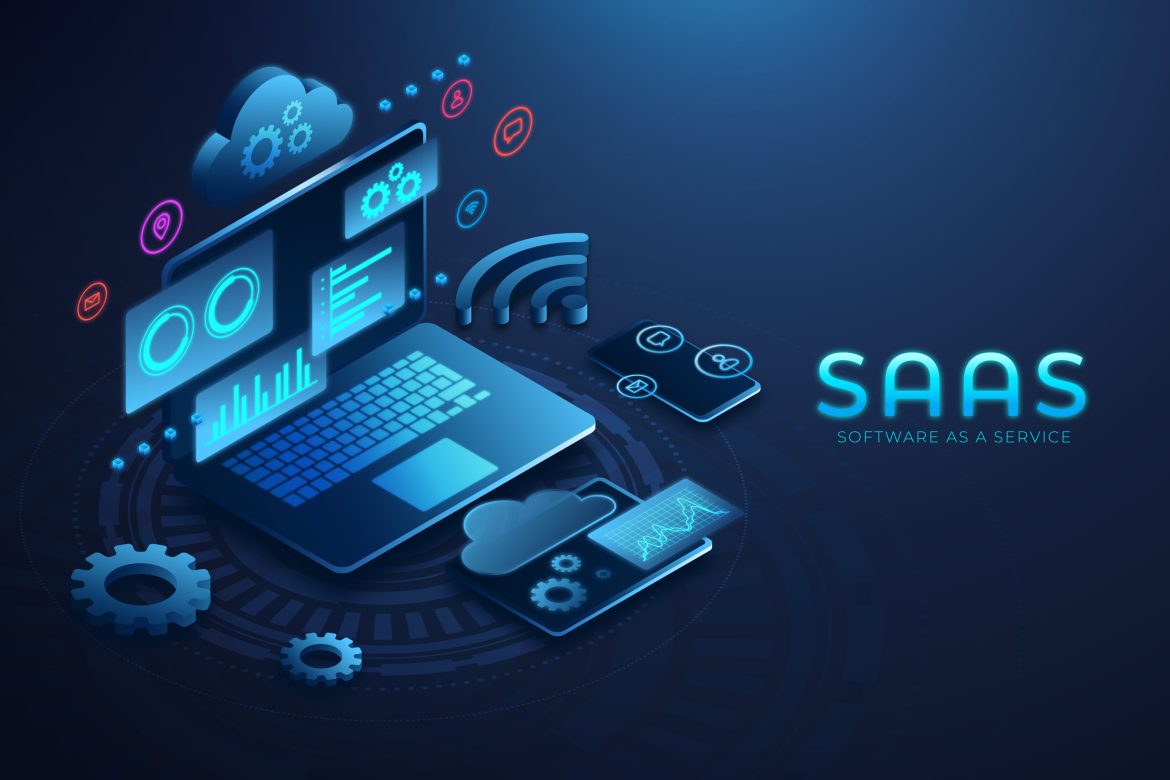Introduction
Software-as-a-Service (SaaS) has become the backbone of modern businesses, offering scalable, cloud-based solutions across industries. However, traditional software development often demands extensive coding knowledge, specialized developers, and significant time and financial investments. Enter no-code tools—a revolutionary approach that allows businesses, entrepreneurs, and even non-technical users to build, deploy, and manage SaaS applications with minimal to no coding expertise.
No-code development is transforming the SaaS landscape by democratizing software creation, accelerating time-to-market, and reducing costs. But how exactly are no-code tools reshaping SaaS development? This article explores their impact, benefits, challenges, and future potential.
Understanding No-Code Tools in SaaS
No-code platforms provide visual development interfaces, pre-built components, and drag-and-drop functionalities that enable users to build applications without writing traditional code. These platforms leverage AI-driven automation, API integrations, and cloud-based architecture to simplify the software development process.
Some of the most popular no-code SaaS development platforms include:
- Bubble – A powerful no-code platform for building full-fledged SaaS applications.
- Adalo – Ideal for mobile app development.
- Webflow – Enables no-code website and web app creation.
- Zapier – Connects multiple apps without coding.
- Airtable – A no-code database and workflow automation tool.
Key Ways No-Code Tools Are Transforming SaaS Development
1. Lowering Barriers to Entry
Traditional SaaS development requires coding skills, making it inaccessible to many entrepreneurs. No-code tools remove this barrier by enabling business professionals, designers, and product managers to create and launch applications independently. This democratization allows non-technical founders to bring their SaaS ideas to life without hiring expensive development teams.
2. Accelerating Time-to-Market
Speed is crucial in SaaS, where early market entry can provide a competitive advantage. No-code tools streamline development cycles, allowing businesses to go from idea to launch in weeks instead of months.
For example, a startup wanting to test a minimum viable product (MVP) can use Bubble or Webflow to quickly prototype and iterate based on user feedback, reducing development costs and risks.
3. Reducing Development Costs
Hiring software engineers is one of the biggest expenses for SaaS startups. No-code development significantly reduces these costs by eliminating the need for large development teams. Businesses can:
- Reduce hiring expenses by enabling non-technical staff to build solutions.
- Avoid costly coding errors with pre-built templates and automated workflows.
- Cut infrastructure costs by leveraging cloud-based no-code platforms.
This cost reduction allows startups and SMBs to allocate resources strategically, focusing on marketing, customer acquisition, and innovation.
4. Empowering Rapid Prototyping and Iteration
Agility is essential in SaaS development, where user needs constantly evolve. No-code tools enable rapid prototyping, allowing businesses to test new features, gather user feedback, and iterate without extensive re-coding.
For example, a SaaS company developing a project management tool can build an initial version using Airtable and Zapier, gather user insights, and refine its features before scaling.
5. Enhancing Integration Capabilities
Modern SaaS products rely on seamless integrations with other business tools (CRM, payment gateways, analytics, etc.). Many no-code platforms offer built-in API integrations, enabling businesses to connect their applications with popular services like Stripe, Salesforce, Slack, and Google Workspace without complex backend development.
This interoperability allows SaaS businesses to enhance functionality and improve user experience, making their applications more powerful and versatile.
6. Facilitating Internal Process Automation
Beyond SaaS product development, no-code tools help businesses automate internal workflows, reducing manual work and improving efficiency.
For instance:
- A customer support team can automate ticketing processes using Zapier.
- A sales team can use Airtable to track leads and sync with CRM tools.
- An HR team can create an employee onboarding portal using Adalo.
By integrating automation into their operations, SaaS companies can boost productivity and scalability.
Challenges of No-Code in SaaS Development
While no-code tools offer numerous advantages, they come with some challenges:
- Scalability limitations – No-code solutions may struggle with handling high-traffic applications and complex functionalities.
- Customization constraints – Pre-built components may not always fit unique business needs.
- Vendor lock-in risks – Businesses relying heavily on a single no-code platform may face migration difficulties if switching providers.
- Security concerns – No-code tools handle sensitive business data, making data privacy and compliance crucial considerations.
To mitigate these challenges, businesses should evaluate no-code platforms based on their scalability, security, customization options, and integration flexibility.
The Future of No-Code in SaaS
The no-code revolution is still in its early stages, and its impact on SaaS development will only grow. Key trends shaping the future include:
- AI-powered no-code development – AI-driven automation will further simplify complex processes.
- Hybrid no-code/low-code approaches – Combining no-code tools with some custom coding will enable greater flexibility.
- Enterprise adoption – Large companies will increasingly use no-code platforms for internal tools and customer-facing applications.
- More specialized no-code tools – Industry-specific no-code platforms will emerge, catering to niche business needs.
As no-code technology advances, its role in SaaS development will expand, enabling faster, cost-effective, and more accessible software solutions.
Conclusion
No-code tools are redefining SaaS development, allowing businesses to innovate rapidly, reduce costs, and scale efficiently. By lowering the barriers to entry, enabling rapid prototyping, and simplifying integrations, no-code platforms empower entrepreneurs and businesses to build SaaS applications without traditional coding expertise.
While challenges exist, the future of SaaS development will increasingly incorporate no-code solutions, making software creation more inclusive, agile, and accessible than ever before. Businesses that leverage no-code tools strategically will gain a competitive edge in the fast-paced SaaS ecosystem.

